How Long Should My Online Course Be?
How long should my online course be? If you’re creating an online course, I’m sure you’re asking yourself this question. This question can have many answers, but here are some basic guidelines I’ve found.
There are three main types of courses.
- Mini-courses that are 30 minutes or less.
- Flagship courses are up to two hours in length.
- All in one course, which can be up to 6 hours long.
Each course is designed for its purpose. However, the length is not the most critical part of creating an online course but rather just one of the puzzle pieces.
Let me explain below.
How Long Should My Online Course Be?
Most online courses have three different sizes, and if you are a person who likes to peruse online courses, then you have probably seen these terms before. Your online course typically falls into one of three categories, mini-courses, flagship courses, or all-in-one.
1. Mini Courses
These courses are typically the teasers, webinars, and freebies given away for your email. They are around thirty minutes or an hour, and they will typically cover a very niche topic when it comes to the topic.
For example, for a website on charisma, the mini-course could be ‘How to give a good handshake.’
It’s a simple enough concept to explain in the time that you have, gives enough value to be sold for free, and can lead to more extensive courses about charisma.
Mini-courses also serves as a way for prospective clients to see your value and how you teach before committing to payment.
2. Flagship Courses
These courses are one to two hours long and are your niche’s main course. These are broader topics that don’t go as in-depth but instead show off your overview skills as you share the birds-eye view of the information.
A flagship course can start at $100 dollars and will take your audience from the beginning to the end of the product.
A flagship course for our charisma niche might be, “How To Cold Approach Anyone in Five No-Stress Steps.”
It’s a course with a clear beginning and end, you can spend enough time on it without going into insane levels of detail about each step, and the topic is broad.
You might give the overview of the five steps and give your audience enough action to get started before starting the in-depth version as a flagship course.
3. All-In-One Course
This course is anywhere from 2 to 6 hours long and also tends to be a course that is split up into multiple more extensive modules. It’s your longest course, where you show off everything you’ve got and don’t hold anything back.
Continuing with the charisma theme, this course is the big one that will show off your cold approach, conversation, influence, and other skills. Every piece of information is inside this course.
It tends to cost around $500 to $3000 or more and might even be a group of courses with the same theme.
You could sell all your courses as a bundle and profit quickly.
Does The Course Length Always Matter?
No, but it is certainly something that you need to keep in mind when designing your course.
The three lengths outlined above are not set-in-stone rules but guidelines you must keep track of. They should be respected, but some courses that teach everything are sometimes short.
Other times, a short course on a singular topic can be extended to two hours.
If you are still concerned about the length of your online course, here are a few other tips you can learn and use to nail down the perfect length.
1. Make the Course As Long As It Needs To Be and No Longer
Returning to the beginning of this article, you should focus on making your course as long as it needs to be to teach the topic.
If you are doing a flagship course and one topic starts to run long, then, by all means, keep going. Likewise, if you find you have said all you need to say on one topic, feel free to move on.
Don’t let the course length change what you are talking about. Instead, adapt and overcome when it comes to your course.
Quick Tip: Remember, the information you are sharing is the most important part of the course, not how long it is.
Worrying about the length and cramming everything into one or two arbitrary time limits can only cause stress, rushed content, and a much less satisfying course.
Just let your words flow, and don’t worry about the time unless you get long into one topic. In that case, you need to tone things down.
2. Keep the Fluff out of The Course
If you know the topic well, it can be very easy to delve onto a tangent or start focusing on something related.
It could very well be important information, but if it isn’t relevant to the here and now of the course, you should focus on something else entirely. Of course, if the fluff isn’t relevant to the course, you should remove it entirely.
The only place to have fluff is the beginning of your video, and even then, it should be both introductory and brief.
You can say, ‘Hello, it’s a lovely sunny day here in California, and I hope it is nice where you are. Let’s get started with…”
The fluff information segwayed into the talk of the course, and it was only one sentence.
3. Keep The Outcome in Mind
Finally, you should know the course’s outcome before creating your first video.
You should know the outcome and what all the people watching will get out of the course when the final video ends.
If the class is about charisma, they should have the confidence to go out and start being charismatic.
If the class focuses on how to cook basic meals, they should be able to cook those basic meals and so on.
Once you have the outcome laid out, building the rest of the course is very easy because everything inside the course should lead you toward that outcome.
It must be cut from the course if something doesn’t lead you to the outcome. It might reappear later with a separate video or the cornerstone of its own course. Still, it will not be helpful for this one!
Find all of the major topics you must know to reach the specific outcome, and those will be the cornerstone topics of your course.
List them out, and keep them close while you are planning the course because it will help you stay on point.
How Long Should I Make My Online Course?
The answer to the above question is as long as it needs to be for you to get your message across.
You will need to begin with the end in mind to build your course backward, but you will find that this makes the entire process much easier to work with.
Then all that is left to do is to record your online course and start putting it together.
Be concise and transparent with your videos, use examples and imagery to share what you need, and make sure that everything you put out onto the course is worthwhile to the people watching.
If you get nothing else from these articles, you should focus on the audience 100% of the time.
They are the people watching this, and they are the people who will be getting the most value from your online course.
Make sure everything you do focuses on them and their needs, answer any questions they might have, and then make sure that you leave them some way to contact you in case they need a personal touch.
After you have the course’s length and structure built in, you can start filling in and producing the course.
This is the most fun part, and once you get it out to your audience, they can start watching it, getting value, and will learn what you have to teach.
Plus, if they like your online course, you can market more of your courses to the same audience.
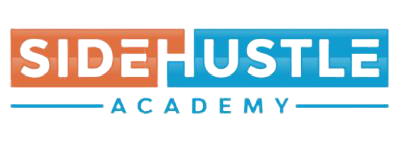
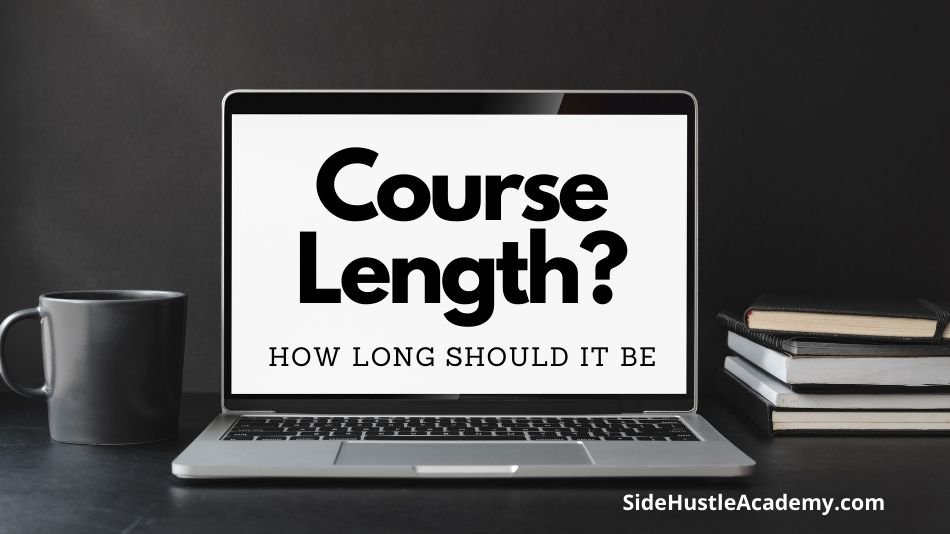
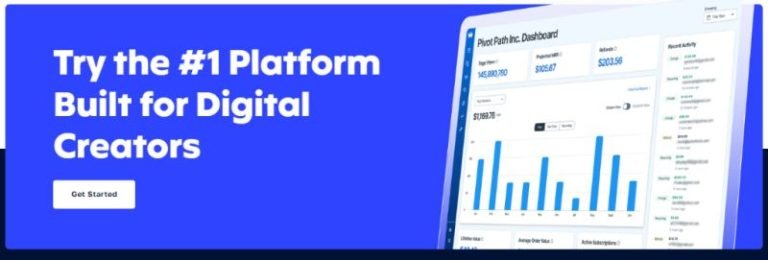
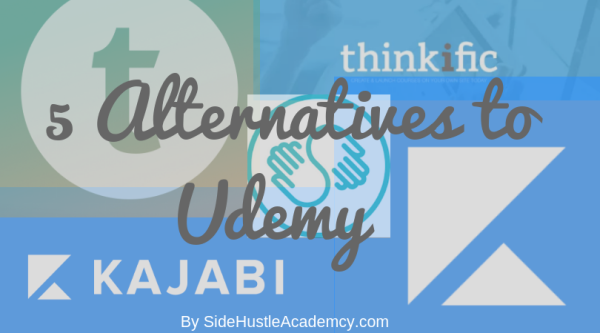
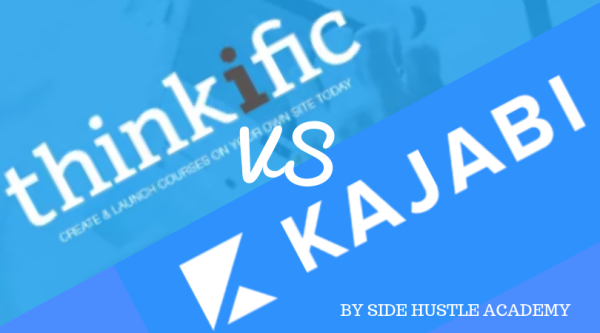
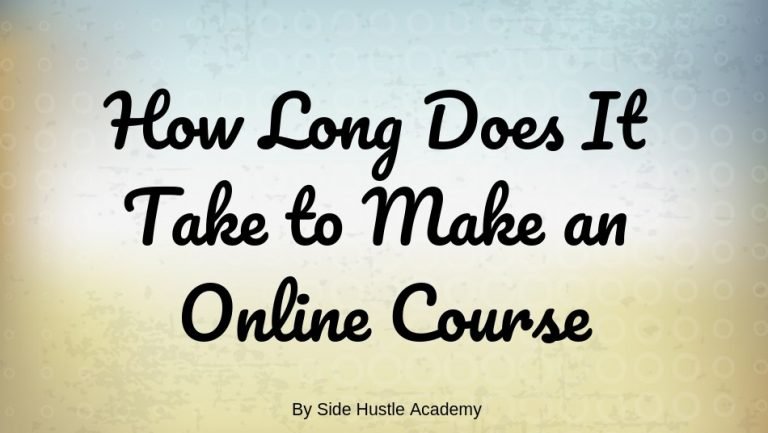
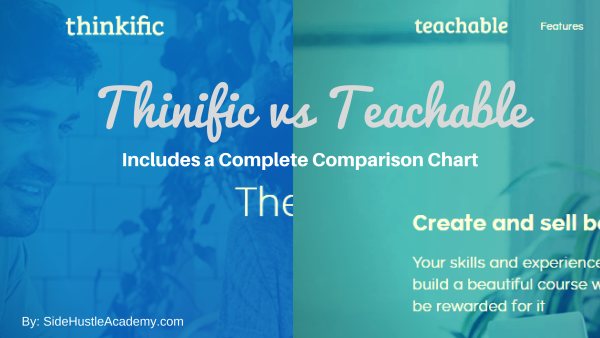
![How to Find Profitable Online Course Ideas [In 3 Actionable Steps]](https://sidehustleacademy.com/wp-content/uploads/2017/09/light-bulb-3535435_640.jpg)